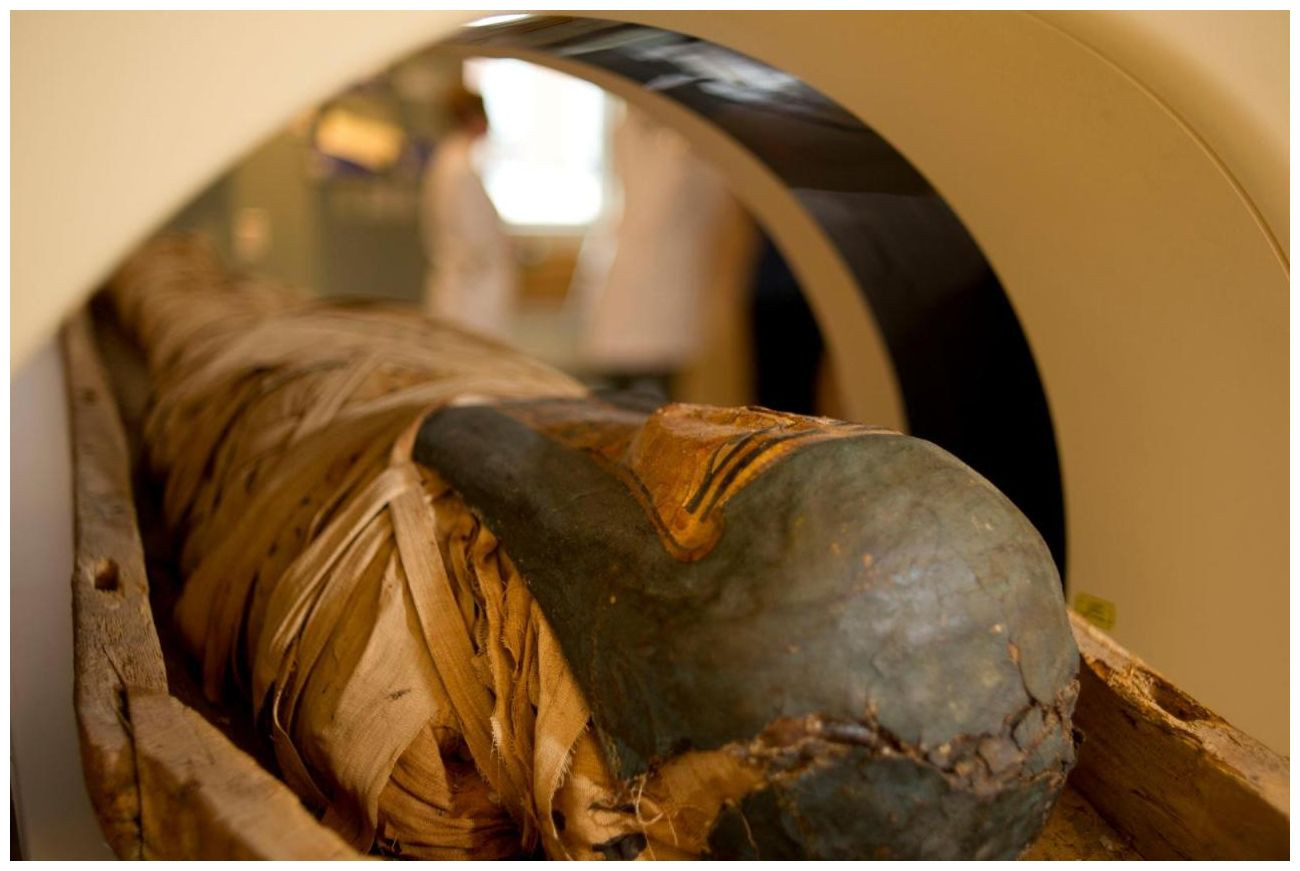The Twice-Yearly Ritual: Why We Still Change Our Clocks
We still change our clocks twice a year, or devices adjust automatically in fall and spring. Daylight saving time ends at 2 a.m. local time Sunday, which means you should set your clock back an hour before you go to bed tonight. Standard time will last until March 9 when we will again “spring forward” with the return of daylight saving time.
The Effects of Time Changes on Our Bodies
That spring time change can be tougher on your body. Darker mornings and lighter evenings can knock your internal body clock out of whack, making it harder to fall asleep on time for weeks or longer. Studies have even found an uptick in heart attacks and strokes right after the March time change.
“Fall back” should be easier. But it still may take a while to adjust your sleep habits, not to mention the downsides of leaving work in the dark or trying to exercise while there’s still enough light. Some people with seasonal affective disorder, a type of depression usually linked to the shorter days and less sunlight of fall and winter, may struggle, too.
How Does the Body React to Light?
The brain has a master clock that is set by exposure to sunlight and darkness. This circadian rhythm is a roughly 24-hour cycle that determines when we become sleepy and when we’re more alert. The patterns change with age, one reason that early-to-rise youngsters evolve into hard-to-wake teens.
Morning light resets the rhythm. By evening, levels of a hormone called melatonin begin to surge, triggering drowsiness. Too much light in the evening — that extra hour from daylight saving time — delays that surge and the cycle gets out of sync.
And that circadian clock affects more than sleep, also influencing things like heart rate, blood pressure, stress hormones and metabolism.
The Impact of Time Changes on Sleep
Even an hour change on the clock can throw off sleep schedules — because even though the clocks change, work and school start times stay the same.
That’s a problem because so many people are already sleep deprived. About 1 in 3 U.S. adults sleep less than the recommended seven-plus hours nightly, and more than half of U.S. teens don’t get the recommended eight-plus hours on weeknights.
Sleep deprivation is linked to heart disease, cognitive decline, obesity and numerous other problems.
Safety Tips for the Time Change
After you set the clocks back one hour, officials are hoping you’ll use some of your weekend time to prepare yourself and your residence for potential dangers as winter approaches and diminished daylight becomes a factor in the afternoons and evenings.
Key Safety Measures
At the top of the list:
- Make sure your smoke alarm and its batteries are in working order.
- Check your carbon monoxide alarms as well.
- Use your headlights when driving because of diminished daylight after the time change.
“We encourage people to change the batteries in their smoke alarms and carbon monoxide detectors in the fall and the spring each year,” said Clark County, Nevada, Fire Chief John Steinbeck. “This is a life-saving habit that can keep you and your family safe in the event of a fire or a problem with carbon monoxide levels in your home.”
Reduced Visibility While Driving
Reduced visibility while driving is a major concern.
“We are asking motorists and pedestrians to be extra cautious as the hours of daylight become much shorter,” Clark County Commissioner Michael Naft, a traffic safety advocate, said in a county news release. “Sadly, most pedestrian fatalities occur between dusk and dawn when it’s harder for motorists to see pedestrians. It is critical that drivers slow down, pay extra attention, and use their headlights.”
Smoke Alarm Tips
- Smoke alarms more than 10 years old need to be replaced.
- Test smoke alarms at least once a month using the test button; replace immediately if they don’t respond properly when tested.
- Make sure everyone in the home understands the sound of the smoke alarm and how to respond.
- Chirping alarms are a warning sign that that battery is low and needs to be replaced.
- Install smoke alarms in every bedroom, outside each sleeping area and on every level of the home.
- Smoke rises, so install smoke alarms following manufacturer’s instructions high on a wall or on a ceiling.
- Smoke alarms with strobe lights and vibration devices are available for hearing impaired people.
Carbon Monoxide Alarm Tips
- Install in a central location outside each sleeping area of a home.
- Follow manufacturer’s instructions for placement and height.
- Choose a carbon monoxide alarm that has the label of a recognized testing laboratory.
- Test carbon monoxide alarms at least once a month and replace according to manufacturer’s instructions.
- If the carbon monoxide alarm sounds, immediately move to a fresh air location outdoors or by an open window or door. Make sure everyone inside the home is accounted for. Call for help from a fresh air location and stay there until emergency personnel arrive.
The Debate Over Daylight Saving Time
Most countries do not observe daylight saving time. For those that do — mostly in Europe and North America — the date that clocks are changed varies.
Two states — Arizona and Hawaii — don’t change and stay on standard time.
Ontarians will see their clocks turn back by an hour this Sunday, as they switch back to standard time until the spring — a change that seems to spark the same debate every November.
The annual time switch has been questioned for years now, with many wanting to stick with daylight or standard time year-round to spare themselves the disruption.
Quebec is in the midst of public consultations about the idea, while New York is grappling with various bills that would ultimately still require federal legislation before coming into effect.
Making the change without either place would “be disruptive for trade, stock markets and broadcasting,” said Jack Fazzari, an Ontario Attorney General spokesperson, in a statement.
The Pros and Cons of Daylight Saving Time
For or against the time change? Quebec wants you to weigh in.
New York state legislators had informal conversations with the province about changing the clock last year, but nothing concrete yet, according to New York Senator Joseph Griffo, who is helping to lead the charge on the state's legislation. He says support to permanently switch to daylight time is widespread across the state.
“They don't like falling back and springing forward, changing the clock twice a year. There's almost unanimity to say what can we do to stop that,” he said.
Critics of Ontario and New York's focus on switching to daylight time, say they're going about the time change the wrong way and should switch to standard time instead.
The standard time Ontario uses in the winter, where the sun rises and sets an hour early, is more consistent with the body's biological clock, according to York University biology professor Patricia Lakin-Thomas, who studies biological time in organisms.
She says sunlight resets our biological clock, signaling to our bodies that it's time to get our systems into gear. Steering away from that biological clock could lead to physiological stress and health issues down the line, she said.
The U.S. experimented with making daylight time a year-round reality in the 70s, an initiative that Lakin-Thomas says lost a third of the public's support after about two years and was eventually dropped.
“The public is hugely in favour when they bring in year-round daylight saving time,” she said.
“After a couple of years of getting up on dark cold winter mornings, which is when it really hits you, they ditch it.”
The Time Change Debate Continues
Daylight saving time ends Sunday, but when will the time change end?
In Ontario, an online petition started back in 2019 is still adding to its over 87,000 signatures, of people opposing a change to daylight time instead of standard time.
“We need to be on a time that's natural to our bodies and not some artificial sort of government mandated time,” said Irene Shone, who started the petition.


















